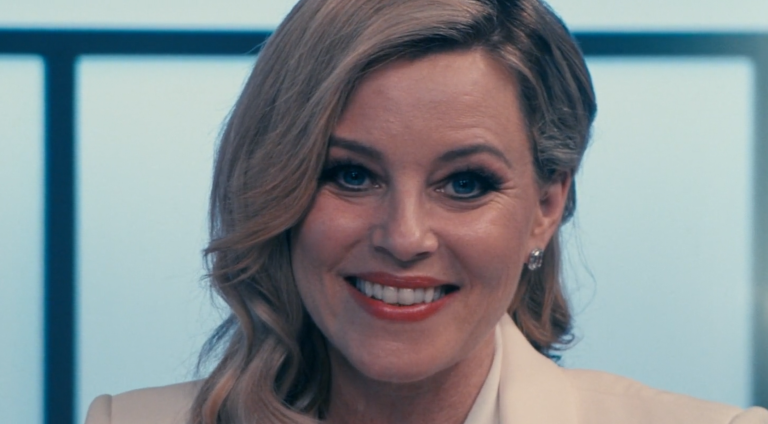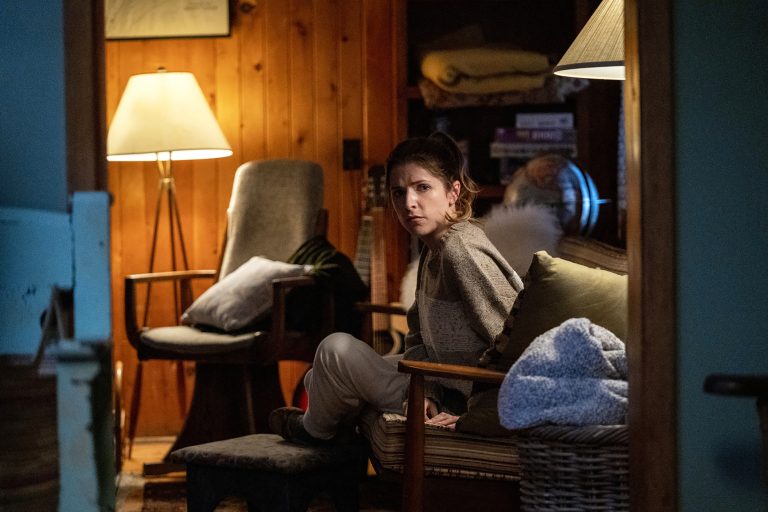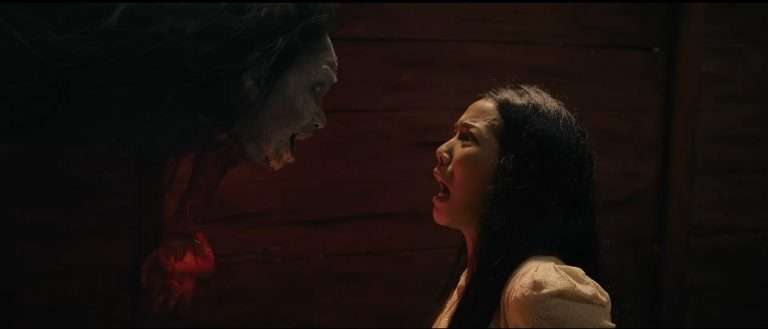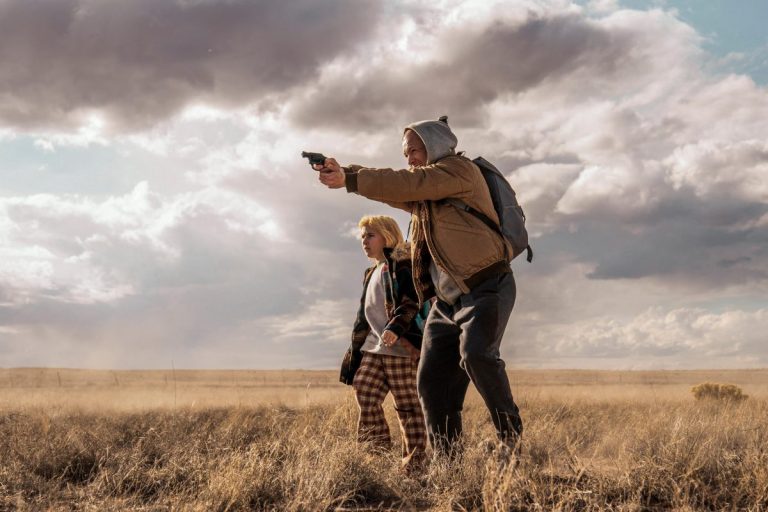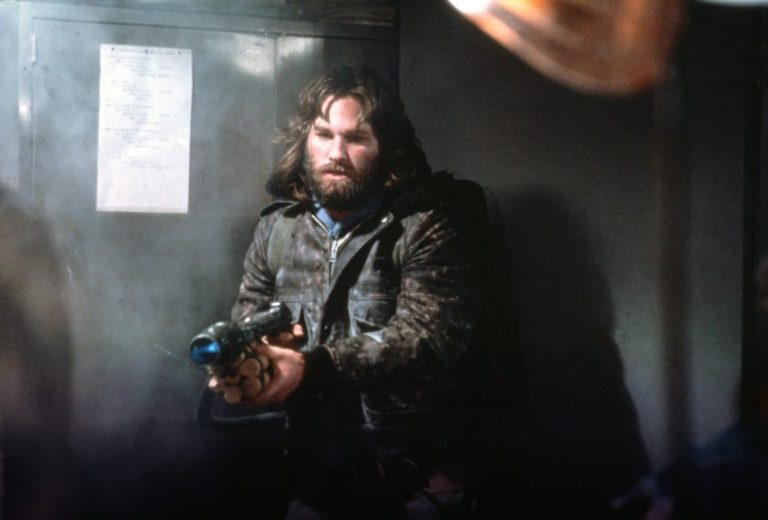In a world where happiness is built on the suffering of others, Best Wishes to All (2025) places immense moral weight on the roles its characters inhabit. The Granddaughter, initially repulsed by her family’s monstrous tradition, begins to falter—her resistance gradually worn down, her conscience daringly bent toward acceptance. At the heart of this chilling ritual stands the Grandfather: silent, unwavering, and almost spectral in his presence. He offers no justifications, voices no objections. To him, the cycle isn’t cruel—it simply is. And as the Granddaughter is drawn further in, we’re left to wonder: how does she endure? Or does she?
Spoilers Ahead
Best Wishes to All (2025) Plot Summary and Movie Synopsis:
Why Does the Granddaughter Choose to Stay Despite the Horror Surrounding Her Grandparents’ House?
The Granddaughter, recalling her childhood nightmare, returns to the home of her Grandparents, despite it being motivated entirely by duty. She is obeying a sense of obligation to family, and she has accompanied her parents, who think it is innocent enough. Even when warned to travel alone, she agrees to go, with seemingly no rebellion. The whole thing exposes a quiet, cultivated acceptance of obedience. She arrives at the house and quickly feels uneasy. While the house is not that unfamiliar, her weird childhood recollections come back to her, especially from the upstairs backroom, where the nightmares began. The unsettling atmosphere deepens when her Grandmother, with an eerie, almost unnatural calm, asks, “Are you happy?”—a question that lands more like a warning than genuine concern.
As if being happy comes with more careful business, and before she can even understand it, along comes a strange photo album that has a violent scratch out of a young girl’s face. These early hints indicate that there are secrets in the house that are meant to be hidden. The unease escalates at night. The Granddaughter hears disturbing noises from upstairs, mirroring her childhood fears. The grandparents add to the dread with cryptic talk about sacrifices and the life of a pig. Yet, instead of fleeing, she remains, possibly driven by confusion, disbelief, or the rational instinct to make sense of the irrational.
The next day, the tone briefly shifts. She reconnects with a childhood friend who represents warmth and escape. However, her grandparents quickly shatter this moment of peace. They warn her to stay away from him, indicating that isolation is part of whatever dark tradition they uphold. This only heightens her suspicion and prompts her to investigate the locked backroom. When she attempts to enter, her Grandmother, appearing to sleepwalk, blocks her path.
It’s unclear if this is a coincidence or design. But the next morning confirms her worst fears. A mutilated man crawls from the room. Her grandparents’ indifference is chilling; they simply restrain him again. The Grandmother’s explanation is haunting: their happiness depends on his suffering. In that moment, the Granddaughter finally acts for herself. Horrified, she flees to the one person who represents safety, her friend. By doing so, she rejects the generational curse and claims agency, choosing empathy and truth over inherited horror.
Why Does the Granddaughter Feel Trapped Even After Freeing the Victim?
With her Friend’s help, the Granddaughter frees the mutilated man. She cuts his stitches and unties him, hoping to end the nightmare. But his escape ends in tragedy; he’s hit by a neighbor’s car and dies instantly. The parents, arriving just then, witness the horror but show no shock. The townsfolk react with eerie calm. They offer sympathy, not for the dead man, but for the family who ‘lost’ their source of suffering.
This confuses the Granddaughter until the truth surfaces: every family in town is part of a horrifying tradition. A person must always suffer for the rest to stay content. Now that she’s ended the cycle, she’s expected to begin it again. Her family’s peace depends on her finding a new victim. The Granddaughter, once a visitor, now stands at the edge of a legacy she never asked for, and can’t easily escape.
What Happens to the Granddaughter’s Friend?
The Granddaughter’s Friend grows up in a household that refuses to partake in the Happiness Ritual. Unlike the rest of the countryside, his family chooses morality over comfort. As a result, they live in quiet hardship. His father grows old and weak, a contrast to the unnaturally fit elders in ritual-practicing families. Eventually, the old man dies, a fate that may have been avoidable had they given in to the tradition.
The Friend is left burdened with the consequences of resistance. He remains on his family farm, locked in generational duty and sorrow. While the Granddaughter had the freedom to leave for Tokyo, he stayed behind, bound to the land and his family’s fading ideals. When she returns, disillusioned after visiting her Aunt and failing to break the cycle, he becomes her final hope for validation. She needs to believe that happiness without cruelty is possible. But he offers only despair.
Reeling from his father’s death and a lifetime of sacrifice, the Friend surrenders to hopelessness. He tells her the truth she doesn’t want to hear: they suffered for nothing. No one applauded their moral stand, and no good came from it. Tired of the burden, he urges her to kill him, claiming it’s the only way she can be free. At first, she resists. But eventually, she submits, choking him into unconsciousness. Yet she doesn’t kill him. Instead, she drags his unconscious body back to her family home. He becomes the next victim, her family’s source of happiness. She sews his eyes and lips shut with her own hands. The act is both brutal and personal. It marks her complete surrender to the system she once questioned.
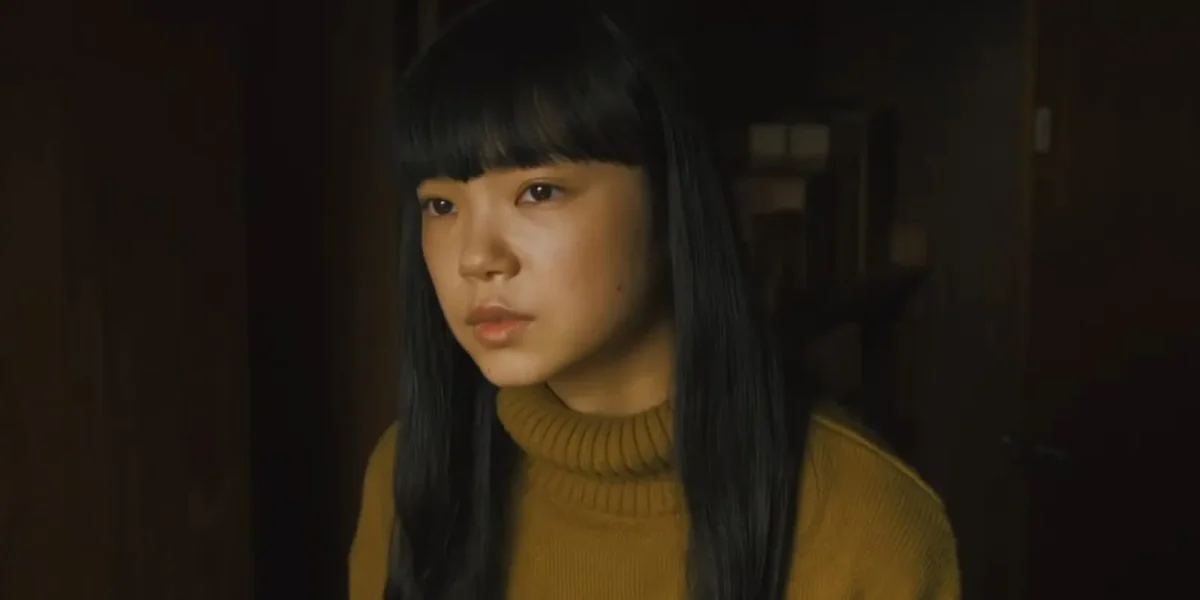
In the end, the Friend’s fate becomes a symbol. He represents moral resistance crushed under the weight of tradition and despair. By turning him into a victim, the Granddaughter doesn’t just betray him, she betrays everything he stood for. His suffering secures her family’s joy, but at the cost of his humanity and her own.
Best Wishes to All (2025) Movie Ending Explained:
What Does Grandma’s Kid Represent?
Grandma’s pregnancy enters the story as an absurd development. At her advanced age, the idea of her conceiving, skipping months of gestation, and giving birth effortlessly is biologically impossible. Yet, no one in the film questions it. Her family and neighbors accept it as ordinary. This strange acceptance mirrors how certain traditions, however bizarre, become normalized over time.
Narratively, the baby appears to be a reward. After years of committing to the Happiness Ritual, the family is gifted with something miraculous. The child becomes the tangible outcome of their loyalty to the system. In this sense, the baby represents the ultimate prize for their cruelty: a new life, a continuation of their bloodline, and a source of renewed joy. It suggests that their happiness isn’t just emotional, but generational. The suffering of others ensures not only pleasure but legacy.
Metaphorically, Grandma’s pregnancy speaks to Japan’s real-world birth rate crisis. With fewer young people choosing to have children, often due to economic instability, the population continues to age. The film uses this context to comment on a distorted solution: if young people won’t have children, perhaps the old will. The absurdity becomes a satire of societal expectations around family and reproduction. At the same time, the child represents the inescapable loop of generational responsibility.
The birth signals that the cycle of the Happiness Ritual will continue. This newborn will be raised in a system that thrives on the pain of others. The family does not question what future the child inherits; they simply celebrate its arrival, blind to the cost at which it comes. Ultimately, Grandma’s kid is less a miracle and more a warning. It shows how far a society will go to maintain its illusions of prosperity. Through ritual or economic policy, the story criticizes how happiness, when built on denial and exploitation, can give birth to horrors treated as blessings.
Why Is the Happiness Ritual Hidden from Granddaughter?
Initially, Granddaughter is the only one seemingly oblivious to the Happiness Ritual. Her surprise and shock upon discovering the bound man suggest she’s been in denial about it. But as the story progresses, this idea starts to unravel. Flashbacks and dream sequences reveal she encountered the ritual as a child. In her family, she once danced—then watched, hollow-eyed, as their victim was made to perform. The memory clings to her not as fact, but as a feverish nightmare she wishes she’d only imagined. This implies that the truth was never fully hidden from her; it just was never fully processed.
When her classmate ridicules her for believing she deserved to live in a fair world, she is compared to someone who thinks Santa Claus is real, which illustrates that those around her had accepted the painful truth, while she dreamed her way into a fiction that she hoped the truth wouldn’t ruin. Granddaughter simply could not accept that joy for herself and her family came at the price of someone else. She created a mental sieve, blocking from her obvious reality what did not fit in her particular way of seeing the world.
Even her younger brother, raised with her in the same home, understands the ritual. The implication is that the granddaughter had that opportunity to forget. At some point, her family permitted her a quiet detachment from the ritual, shielding her from presence, and in doing so, sparing her from direct involvement. In return, she never questioned where her comfort came from. She benefited from the ritual, just not in a conscious way.
In the end, the grandmother states that the truth was always available. Granddaughter just did not wish to see it. Her version of happiness required looking away. Like many people in real life, she let others deal with the cruelty in the background, while she was allowed to benefit from the rewards. The ritual was not hidden; just denying it was inconvenient.

